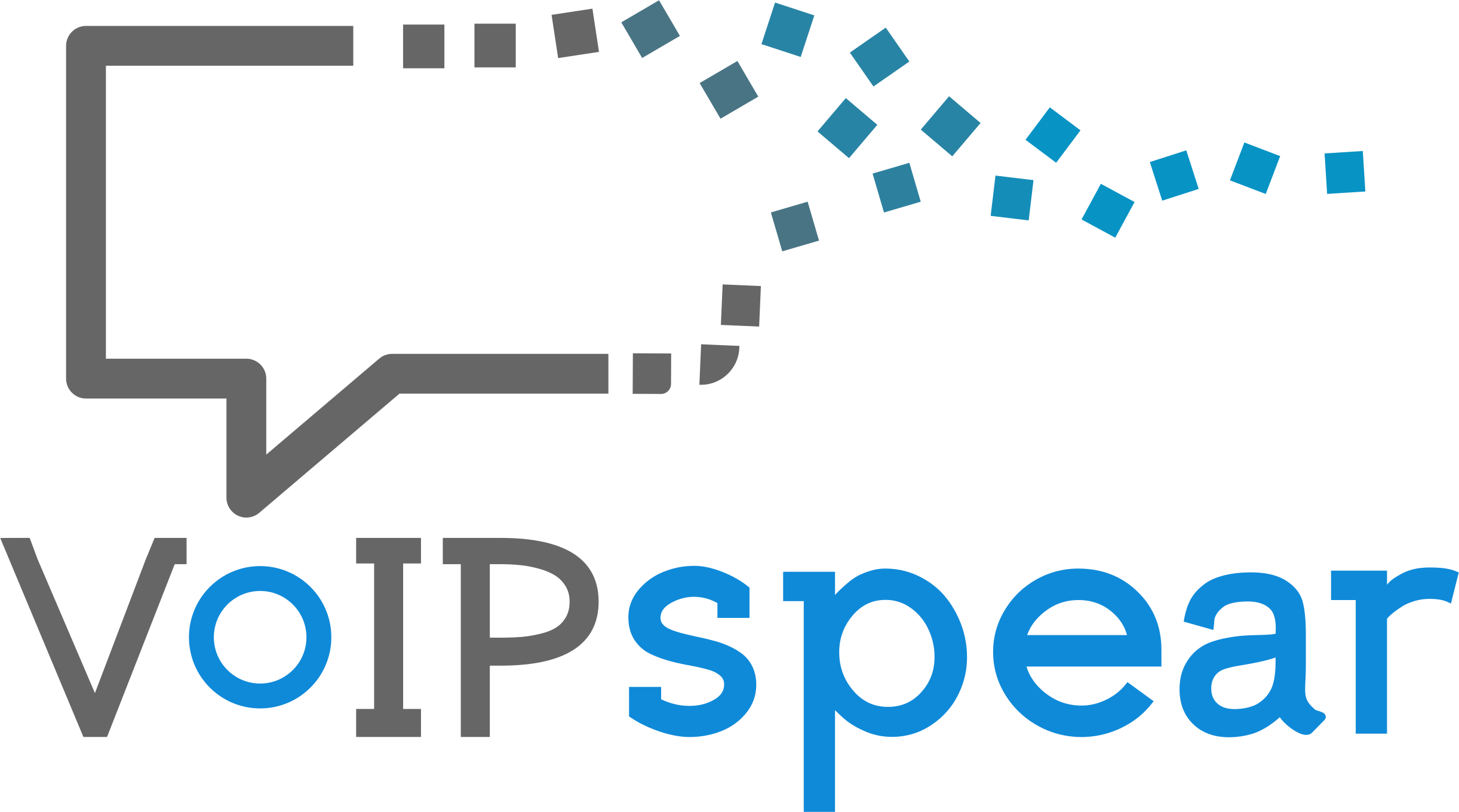VoIP Spear Goes Global
We start the year right at VoIP Spear! Beginning January, you can now select your testing servers from multiple locations in North America, Europe, Asia and South America for each of your endpoints. This means that you can get the most accurate results by choosing locations closer to your endpoints.
Read More

